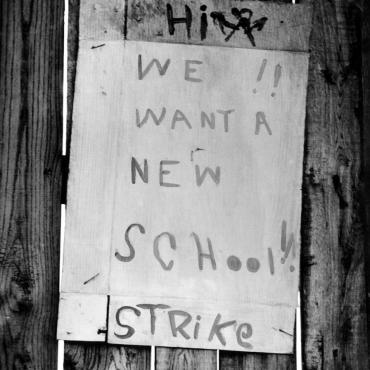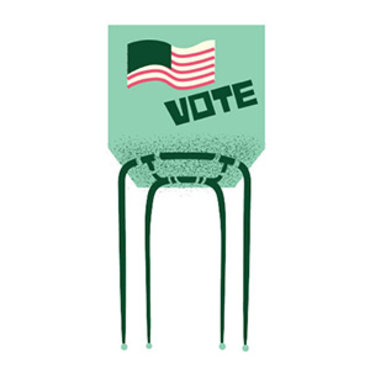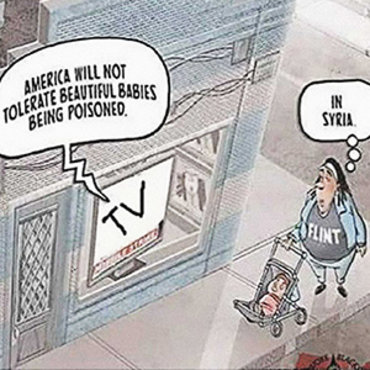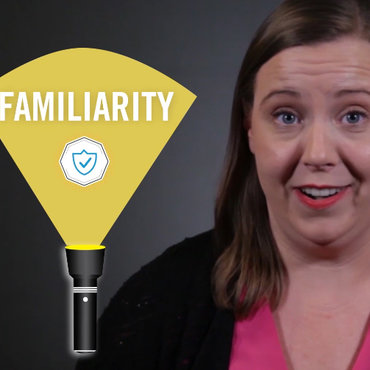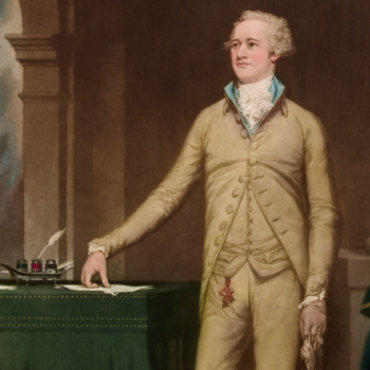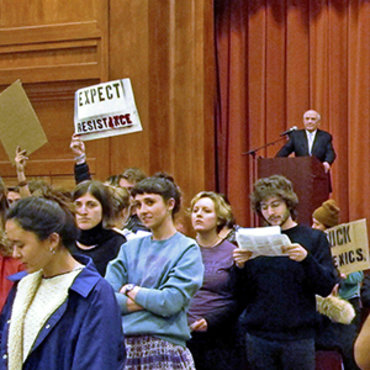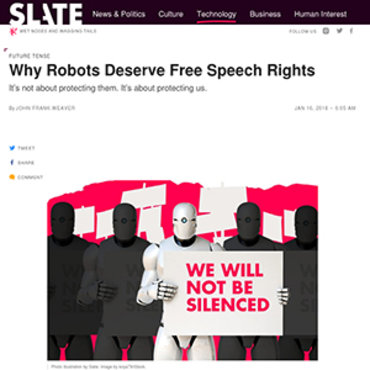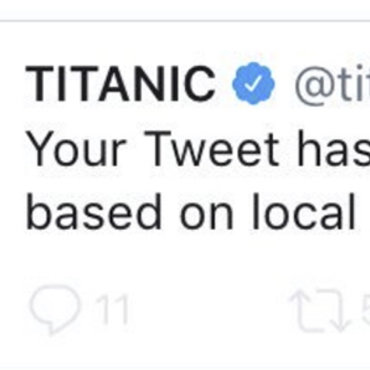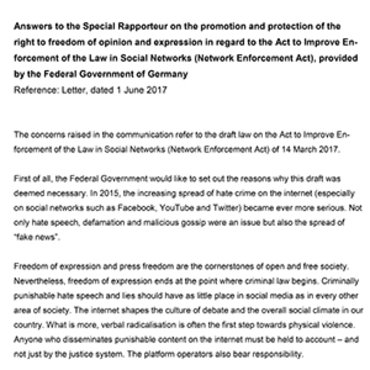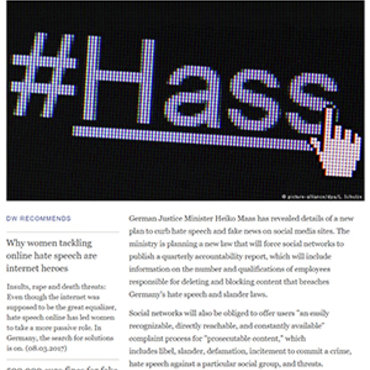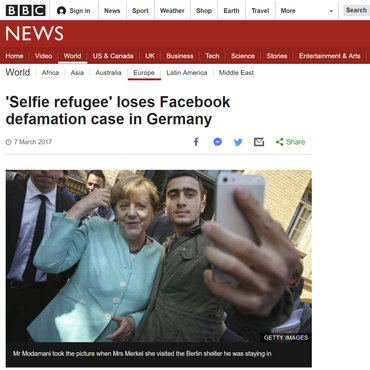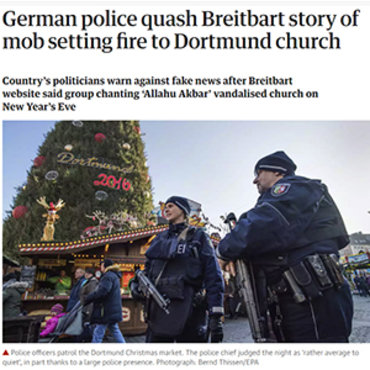
Are High Schools Teaching Students to Devalue Free Speech?
The responses to student walkouts reveal that even when students learn about the First Amendment, many school administrators don’t particularly want their students exercising their freedom of speech.
This piece originally appeared in "Inside the First Amendment," a series on First Amendment issues from the Freedom Forum Institute. For more information, contact Lata via email at [email protected], or follow her on Twitter at @LataNott.
It seems like every few months we’re treated to the results of a new survey that has something dismaying to report about how young people approach free speech. Last fall, the Brookings Institute reported that college students have a number of misconceptions about how the First Amendment works — a significant percentage believes that it doesn’t protect hate speech, and that it requires that an offensive speaker at a public university be matched with another speaker with an opposing view. Last week, a survey conducted by Gallup and the Knight Foundation found that 37 percent of college students think that shouting down an offensive campus speaker is acceptable; even more troubling, another 10 percent said that violence is also an acceptable tactic for silencing an offensive speaker.
Findings like these always lead to a lot of hand-wringing about the intolerance of today’s youth, followed by a backlash of editorials pointing out that campus protests — especially at elite colleges — are over-covered by the news media, usually topped off by internet commentators decrying liberal snowflakes and at least one columnist reminiscing about the ’60s at Berkeley. I enjoy that as much as the next person, but let’s skip it for today. Why do college students have a shaky understanding of the First Amendment and an aversion to opposing or controversial views?
The problem starts in high school. I’m not just referring to the lack of mandatory civic education in public schools. Even in schools where students do learn about the First Amendment, many school administrators don’t particularly want their students exercising their freedom of speech once they’ve learned about it.
Take the school walkouts that took place across the nation on March 14 to protest gun violence. About a week before that, my colleague Gene Policinski and I wrote a set of guidelines for students, teachers and school administrators trying to figure out how to approach the event. We advised students to weigh their options carefully, as their First Amendment rights would probably not protect them if their school decided to discipline them for taking part in the walkout. (Public schools can punish students for speech that “substantially disrupts” the learning environment, and a walkout could very well do just that.) But we also advised school administrators to think twice before defaulting to disciplinary action — “Given that we live in an age where there is much concern that young people don’t understand the Constitution or support free speech, punishing them for exercising it, even if…school administrators [have] that discretion, seems counterproductive.”
That’s why it saddened me to read that a high school in Arkansas decided to punish the three students who participated in the walkout by giving them a choice between a two-day suspension and corporal punishment. (Fun fact: corporal punishment is still legal in 22 states.) All of the students chose corporal punishment; one of them wrote a fair-minded and eloquent account of the experience for the Daily Beast:
“The punishment was not dealt with malice or cruelty, in fact, I have the utmost respect for all the adults involved. They were merely doing their job as the school board and school policy dictated…I believe that corporal punishment has no place in schools, even if it wasn’t painful to me. The idea that violence should be used against someone who was protesting violence as a means to discipline them is appalling.”
Even a two-day suspension seems disproportionate to the offense of leaving your classroom for seventeen minutes.
It was also disheartening for me to talk to the two high school journalists who published a meticulously-researched story about a fired teacher — and ended up having their story censored by the administration and their newspaper privileges revoked. As one of the journalists, Max Gordon, said, “[T]he whole point of a student newspaper is to teach the students. We want to grow and learn and experience these things, but if the administration tries to shut down any form of outside-the-box thinking… it really hampers the growth by journalists.”
And when educators emphasize obedience and conformity over the free expression, they need to think about what lessons they’re actually conveying.



